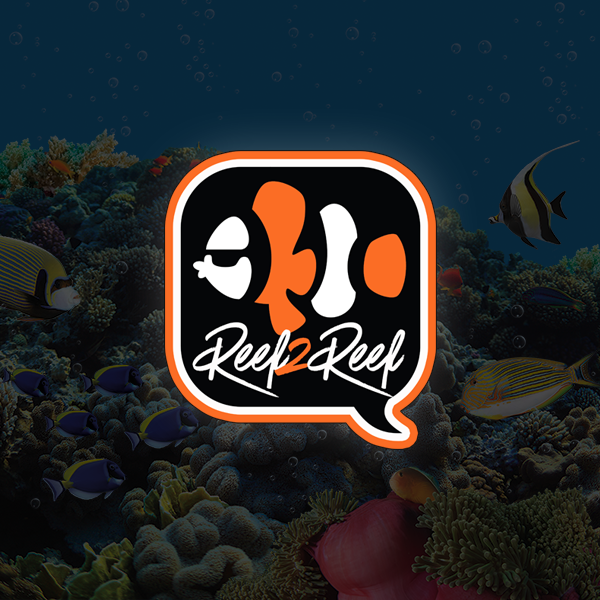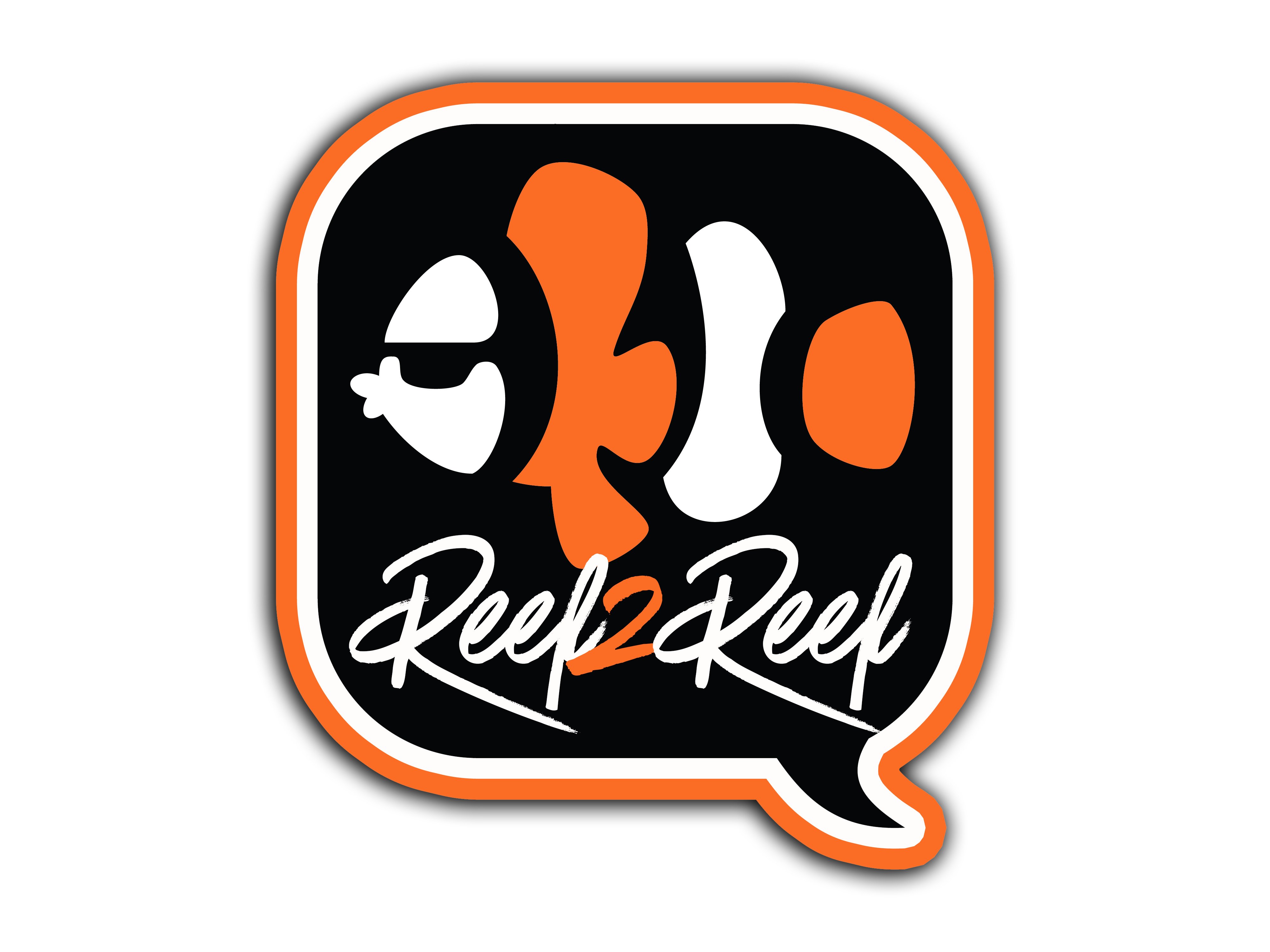Navigation
Install the app
How to install the app on iOS
Follow along with the video below to see how to install our site as a web app on your home screen.
Note: This feature may not be available in some browsers.
More options
You are using an out of date browser. It may not display this or other websites correctly.
You should upgrade or use an alternative browser.
You should upgrade or use an alternative browser.
Tank insect
- Thread starter Kianou
- Start date
- Tagged users None
I just bought a new corals and I saw it in the glass a day after I put the corals in my tank. Is it harmful or Ill just let it be in my tank?Looks like astrenia star? I have one in my tank as hitchhikers.
Probably spelled that wrong too lol
there are many "species" of this star. some have been noted to eat certain corals, like zoa's.I just bought a new corals and I saw it in the glass a day after I put the corals in my tank. Is it harmful or Ill just let it be in my tank?
Had a few of them in my tank for a while. They were never a problem untill recently their population has randomly started to increase and now they do seem to be bothering my zoas. I say seem to because it's still quite difficult to tell what they're up to...
For years I considered them harmless. Not any longer. I have some that eat the flesh off acros and I've had them eat zoas. I added a Harlequin shrimp and he kills them all with no prejudice to color.
If you have one there are probably more. They are one of those things that just seem to appear in my tanks like pods and worms. I would pluck them out when you see them.
This is what was left behind.

If you have one there are probably more. They are one of those things that just seem to appear in my tanks like pods and worms. I would pluck them out when you see them.
This is what was left behind.
Last edited:
I had such a large population of them I added a harlequin shrimp to my tank. It devoured the population, however I didn't want to keep feeding it starfish and donated it back to my LFS once the stars had been removed.
Good move. I had a bunch of stars in my acros tank. I added the Harlequin 3 months ago and I still see a few stars but I've been plucking them out of my other tanks and dropping them in for the shrimp. It's such a cool critter I'm hoping I can keep him fed, if not I'll re-home him.I had such a large population of them I added a harlequin shrimp to my tank. It devoured the population, however I didn't want to keep feeding it starfish and donated it back to my LFS once the stars had been removed.
The reason is that some become opportunistic eaters, dining on corals and coralline algae. Some Asterina types can and do eat Zoanthids.Harmless hitchhiker, the reason people don't like them is their population can EXPLODE.
They are not all harmless and the ability to ID them is beyond the average, non scientist reefer.Harmless hitchhiker, the reason people don't like them is their population can EXPLODE.
There’s at least 10 species and many of them eat zoanthids, and other soft / fleshy corals. Some eat sps. They all look very very similar.
I had them for years and never an issue. Then I got a bad strain and didn’t realize it. And they nearly destroyed a colony of exosphere on me.
I honestly would get rid of it before it multiplies. Even the “good ones” do little to nothing for actual cleaning
Guess you learn something new every day. I've never had a problem with them eating anything, and I haven't had them since my first tank. Good lesson to dip corals. And if you use true live rock, it's a possibility you going to find something on that rock you don't want. But also I am a scientist reefer.They are not all harmless and the ability to ID them is beyond the average, non scientist reefer.
There’s at least 10 species and many of them eat zoanthids, and other soft / fleshy corals. Some eat sps. They all look very very similar.
I had them for years and never an issue. Then I got a bad strain and didn’t realize it. And they nearly destroyed a colony of exosphere on me.
I honestly would get rid of it before it multiplies. Even the “good ones” do little to nothing for actual cleaning
Yeah, 32 species of Aquilonastra starfish (known in the hobby as Asterina starfish, though those are a different genus from the same taxonomic family) - some are safe, others are not (though it may be due to lack of other available foods than actual predatory nature):They are not all harmless and the ability to ID them is beyond the average, non scientist reefer.
There’s at least 10 species and many of them eat zoanthids, and other soft / fleshy corals. Some eat sps. They all look very very similar.
I had them for years and never an issue. Then I got a bad strain and didn’t realize it. And they nearly destroyed a colony of exosphere on me.
I honestly would get rid of it before it multiplies. Even the “good ones” do little to nothing for actual cleaning
General guides to see if yours are probably safe or probably harmful;Yeah, there are currently 32 accepted species of Aquilonastra stars, so lots of different species out there.
ID info for these (it requires a microscope to tell many of the species apart);Aquilonastra starfish (known in the hobby as "Asterina") - some species are fine/helpful, others have been known (at least when in large numbers) to go after corals (almost always zoas).
As a general rule, if the top of the starfish is primarily black, or if it has red/orangish spots on it (like the star in the link below), then it may be harmful:

Evidence of (some) "asterina" / aquilonastra stars eating (some) zoanthids
I had NO CLUE, but figured a few dozen stars would feed a shrimp…guess I was wrong.. added: that’s what I get for inadequate research before purchase I can’t afford $20/week to feed a pair of shrimp, looks like I need to find a tide pool somewhere… thank you...www.reef2reef.com
Yeah, looking more into ID'ing these to the species level, I can see why (it took a bit of work to piece together what parts of the stars I needed to look at and where to find them on the specimens).
It'll take me a bit to work through, but I may be able to ID most of the stars which I can get microscope pics of - the spinelets (the tiny, spikey little things sticking up in clusters off of the star's skin) are the most important features for ID via the keys (specifically the number of spikes in each cluster and the shape of each spike/spike cluster), so as long as the pics can provide clear images of those spines (both on the top of the star and the bottom) and where specifically they're located on the star (i.e. near the mouth, near the ambulacral groove, etc.), I should be able to ID them.
With your pics, taricha, I can see the spinelets relatively clearly on the actinal side (the side with the star's mouth; the "underside" of the star) but not on the abactinal side (the "topside" of the star).
Get rid of these everytime you see them. Get some long forceps and grab them out. Eventually they will be gone if you have low numbers. If they get a foothold, they become too numerous too fast to eradicate. I have seen them crawl over healthy coralline and leave behind bleached, dead coralline 10 mins later. You should thoroughly dip any new corals before adding to your tank
Asterina magnetic scoop!Get rid of these everytime you see them. Get some long forceps and grab them out. Eventually they will be gone if you have low numbers. If they get a foothold, they become too numerous too fast to eradicate. I have seen them crawl over healthy coralline and leave behind bleached, dead coralline 10 mins later. You should thoroughly dip any new corals before adding to your tank

Asterina Magnetic Scooper - Etsy
This Aquariums & Tank Decor item by Printed3dParts has 3 favorites from Etsy shoppers. Ships from Houston, TX. Listed on May 18, 2024
Similar threads
- Replies
- 8
- Views
- 169
- Replies
- 9
- Views
- 227
- Replies
- 38
- Views
- 586
TOP 10 Trending Threads
- Replies
- 91
- Views
- 2,577
- Replies
- 51
- Views
- 1,051
-
- Sticky
- Replies
- 31
- Views
- 222
- Replies
- 77
- Views
- 1,419
-
- AMS: Article
- Replies
- 56
- Views
- 1,530
- Replies
- 85
- Views
- 1,048
- Replies
- 43
- Views
- 763




















